Estonia, Slovenia and Poland join the bidding for EU funding, with ambitions to build national AI sectors
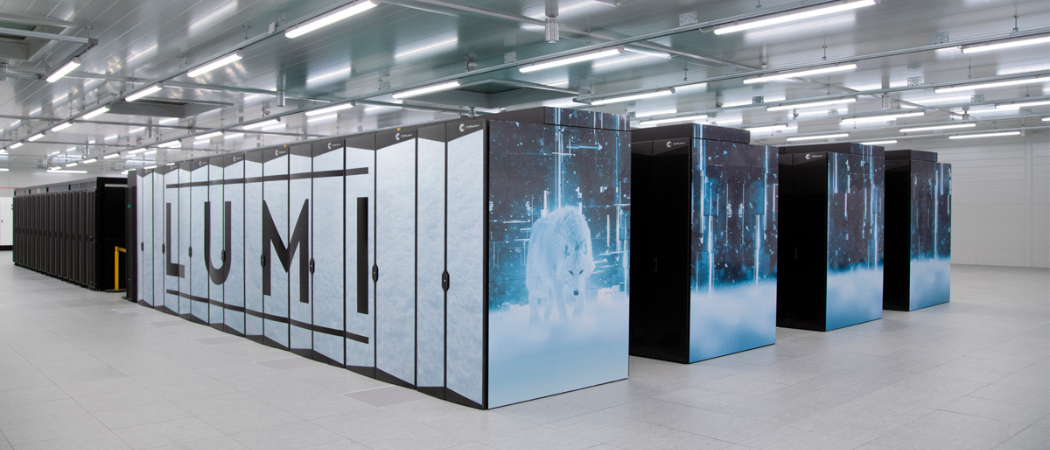
LUMI supercomputer in Finland. Photo credits: LUMI
High performance computing centres in central and eastern Europe are positioning to tap the wave of EU money that is about to flow for artificial intelligence (AI) factories. In some countries, such as Estonia, participation in a large consortium is the way forward, while others, including Slovenia and Poland, have ambitions to be project leaders.
Starting next year, the European Commission wants to establish at least five factories to foster innovation, collaboration and development in AI. There will be a particular focus on supporting start-ups and scale-ups, with the factories to be based around new or existing high performance computers that are optimised for AI and have the extra processing power needed to develop large AI models.
The €2.1 billion for the project will be channelled through the European High Performance Computing joint undertaking (EuroHPC), the Commission and national governments. The Commission is putting in an additional €100 million for start-up incubation and scale-up activities.
A call to host the AI factories opened in September and last week the Commission announced it has received seven proposals, led by Finland, Luxembourg, Sweden, Germany, Italy, Spain and Greece. The successful bids will be announced in December, with the call remaining open for further applications throughout 2025.
While largely led by countries in western Europe, the first wave of bids has strong participation from central and eastern Europe. Slovenia is involved in the Italian bid and Romania in the Spanish proposal. The Finnish proposal, centred on the LUMI supercomputer at Kajaani, involves partners from Czechia, Denmark, Estonia, Norway and Poland.
For Estonia, working with the LUMI collaboration is a strategic decision. “We are a small country and because of that our research community seeks opportunities for international collaboration, such as our participation in the LUMI supercomputer’s previous projects,” said Aile Tamm, head of research infrastructures at the Estonian Ministry of Education and Research.
The LUMI AI factory promises to become Europe’s largest AI supercomputing centre, creating a human-friendly ecosystem for reliable and secure AI solutions, Tamm said. “This partnership allows our researchers and businesses, including SMEs, to access powerful computing resources and develop data-driven applications at scale.”
While Estonia is developing AI capabilities at home, no part of the planned AI factory will be installed in the country. “You don't have to sit next door to a supercomputer to use it today, and the same applies to access to competences [in AI],” said Ivar Koppel, head of the High Performance Computing Centre at the University of Tartu and chief executive of the Estonian Scientific Computing Infrastructure.
If the Finnish bid is successful, the Estonian government will put in €5 million. “The investment in the AI factory will cover Estonia's need for AI and machine learning for the upcoming years,” Koppel said. “But we plan to keep a local capability for tasks that really require local capacity, or where the data owners demand the data not to leave the country.”
Estonia’s artificial intelligence plan for 2024 - 2026 envisages a range of activities to enhance e-services and improve state efficiency. Already a European leader in digital public services, the aim is to use AI to find further efficiencies, for example by automating routine tasks.
“The focus is on fostering cooperation and high performance data processing capabilities to ensure the necessary conditions for AI innovation,” said Tamm. “This participation [in the LUMI AI factory] not only reflects the high calibre of our researchers but also contributes to raising the overall quality of our research through collaboration in international projects.”
A future Estonian bid to host an AI factory is not ruled out, but at present it is not a goal. “We hope to strengthen ourselves in the areas where we are already strong, and benefit from collaborations,” said Koppel. “It’s the law of connected vessels: nobody becomes dumber by sharing knowledge, but the weaker partner usually gets smarter.”
Taking the lead
Slovenia has a slightly different strategy. It is participating as a partner in the Italian bid, together with Austria, but also plans to submit its own bid to the current call for proposals.
The Slovenian government has set aside €5 million for the Italian project, which will upgrade Cineca’s AI-oriented supercomputer in Bologna. “Our researchers and companies will have the opportunity to access an incomparably more powerful supercomputing infrastructure,” the Slovenian government said. “At the same time, we look forward to exchanging best practice in the field of artificial intelligence and to setting up a complementary supercomputer in Slovenia.”
The application is currently planned for the second deadline on 1 February 2025. If successful, Slovenia is to contribute €50 million to the project, which will be based at the Institute of Information Sciences in Maribor, which operates the EuroHPC Vega supercomputer.
By applying to the call on its own account, Slovenia hopes to collaborate with foreign experts who already have experience in developing AI models, to involve companies seeking to use AI models, and to engage potential investors. To foster regional cooperation around the project, the government has invited neighbouring countries to participate.
Austria and Italy have already expressed their willingness to cooperate, with feedback awaited from Hungary and Croatia.
In addition to its participation in the LUMI project, Poland too has ambitions to develop its own AI factory, with nearly €27 million set aside for the project. The factory will be established in Kraków, at AGH University’s Cyfronet Academic Computer Centre. Investing in the AI factory in Cyfronet is “a key step towards bolstering the position of Poland in the European AI ecosystem,” said Jerzy Lis, rector of AGH University.
The Kraków factory would be based on an expansion of the university’s existing computing infrastructure and resources, with funds from the national government and a previous EU call separate from the AI factories initiative. But since the resulting infrastructure will align with the goals of the EU initiative, the hope is that it will be recognised as an AI factory in future calls for proposals. Work on the Polish project will start later this year and finish in 2025.
Elsewhere in the Ecosystem…
- Cogito Capital Partners, based in Warsaw and New York, has announced the first close of its Cogito Fund II at €90 million, with a final target of €125 million, for investment in later-stage technology companies in central and eastern Europe. Institutional investors backing the fund include the European Investment Fund, the European Bank of Reconstruction and Development, the International Finance Corporation and the Polish Development Fund.
- Lithuanian start-up Broswarm raised €800,000 to advance its drone-mounted landmine detection technology. The support comes from ScaleWolf, a hybrid accelerator and investment fund for defence tech companies based in Vilnius.
- Now in its tenth year, the European Capital of Innovation has never been awarded to city in central and eastern Europe, and that remains the case, with Torino selected as the Capital of Innovation for 2024-25, beating Espoo in Finland and the UK’s West Midlands region into second and third place respectively. The award for European Rising Innovative City went to Braga in Portugal, which won over Linz in Austria and Oulu in Finland.
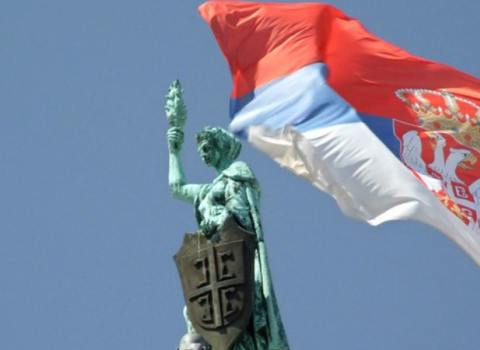
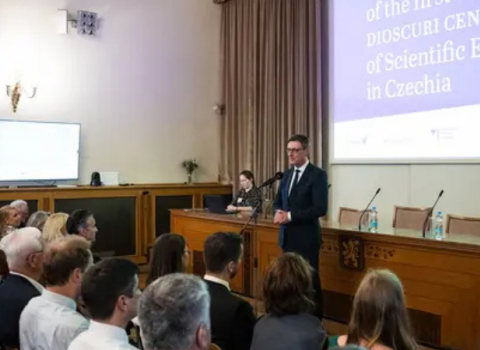
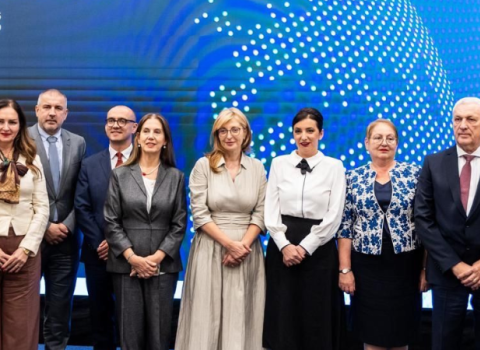
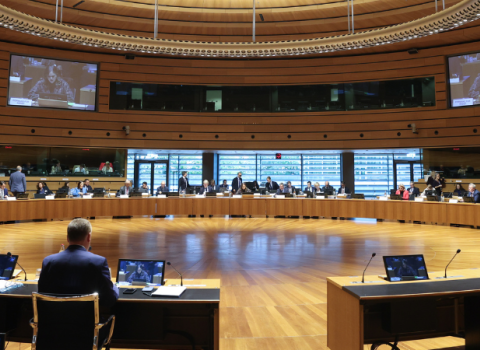

 A unique international forum for public research organisations and companies to connect their external engagement with strategic interests around their R&D system.
A unique international forum for public research organisations and companies to connect their external engagement with strategic interests around their R&D system.